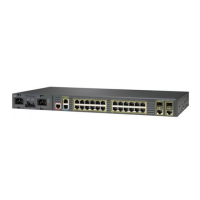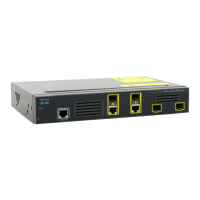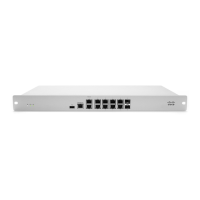41-4
Cisco ME 3400 Ethernet Access Switch Software Configuration Guide
OL-9639-07
Chapter 41 Configuring Ethernet OAM, CFM, and E-LMI
Understanding Ethernet CFM
Note A UNI in the context of CFM and OAM manager is not the same as a UNI port type. The CFM
UNI can be a UNI, an enhanced network interface (ENI), or a network node interface (NNI) port
type. The control-plane security feature on the switch rate-limits all incoming CFM messages
only on UNI and ENI port types.
• Maintenance intermediate points (MIPs) are internal to a domain, not at the boundary, and respond
to CFM only when triggered by traceroute and loopback messages. They forward CFM frames
received from MEPs and other MIPs, drop all CFM frames at a lower level, and forward all CFM
frames at a higher level, regardless of whether they are received from the relay or wire side.
If port on which the MEP is configured is blocked by Spanning-Tree Protocol (STP), the port cannot
receive or transmit CFM messages. If a port on which a MIP is configured is blocked by STP, the port
cannot receive or respond to messages from the relay function side, but can receive and respond to CFM
messages from the wire side.
CFM Messages
CFM uses standard Ethernet frames distinguished by EtherType or (for multicast messages) by MAC
address. All CFM messages are confined to a maintenance domain and to a service-provider VLAN
(S-VLAN). These CFM messages are supported:
• Continuity Check (CC) messages—multicast heartbeat messages exchanged periodically between
MEPs that allow MEPs to discover other MEPs within a domain and allow MIPs to discover MEPs.
CC messages are configured to a domain or VLAN.
• Loopback messages—unicast frames transmitted by a MEP at administrator request to verify
connectivity to a particular maintenance point, indicating if a destination is reachable. A loopback
message is similar to an Internet Control Message Protocol (ICMP) ping message.
• Traceroute messages—multicast frames transmitted by a MEP at administrator request to track the
path (hop-by-hop) to a destination MEP. Traceroute messages are similar in concept to UDP
traceroute messages.
Note In the Cisco ME switch, the control-plane security feature rate-limits all incoming CFM messages by
applying a per port policer to them. See
Chapter 32, “Configuring Control-Plane Security” for more
information.
Crosscheck Function
The crosscheck function is a timer-driven post-provisioning service verification between dynamically
configured MEPs (using crosscheck messages) and expected MEPs (by configuration) for a service. It
verifies that all endpoints of a multipoint service are operational. The crosscheck function is performed
only one time and is initiated from the command-line interface (CLI).
SNMP Traps
The MEPs generate two types of SNMP traps: CC traps and crosscheck traps. Supported CC traps are
MEP up, MEP down, cross-connect (a service ID does not match the VLAN), loop, and configuration
error. The crosscheck traps are service up, MEP missing (an expected MEP is down), and unknown MEP.
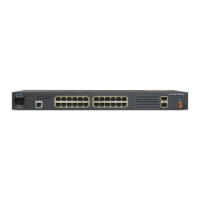
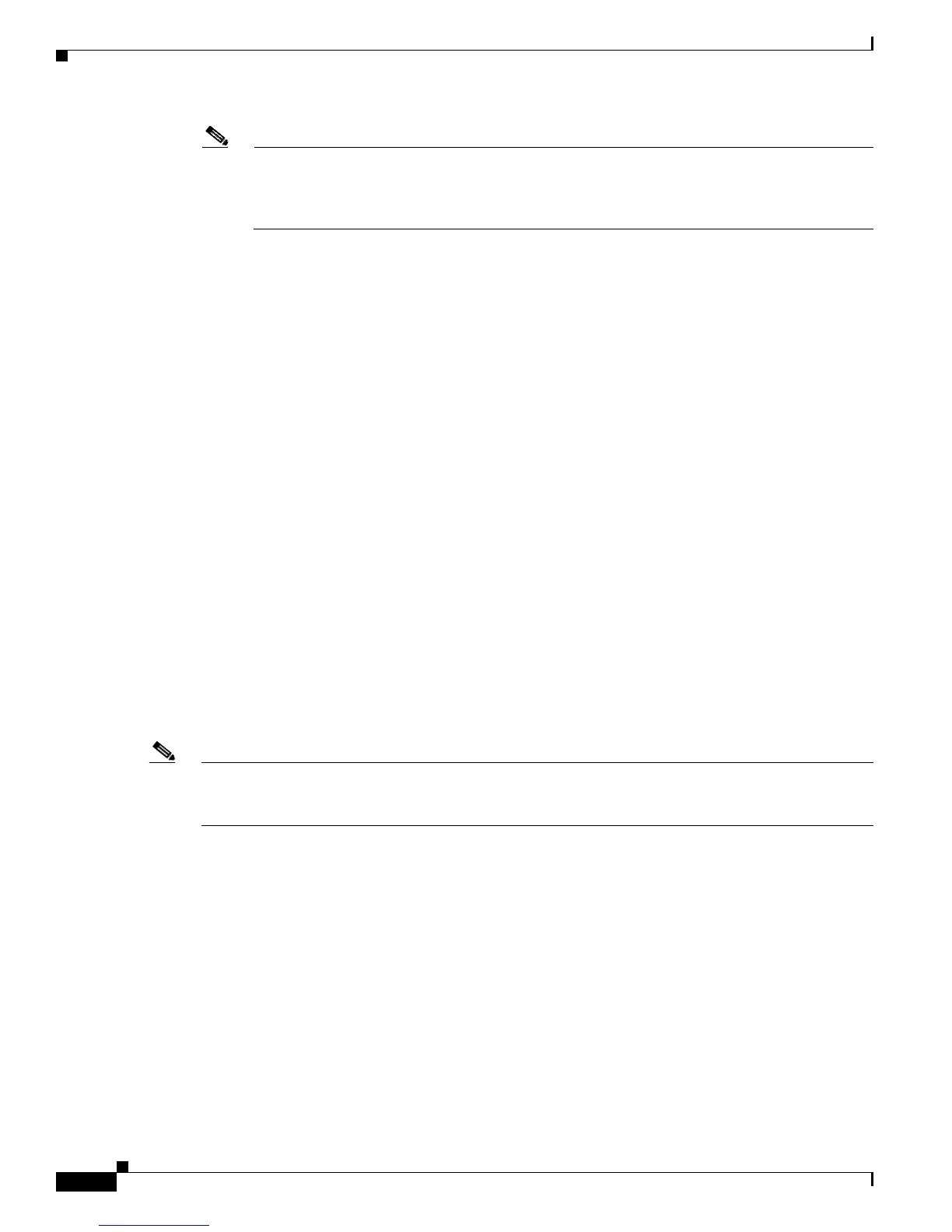